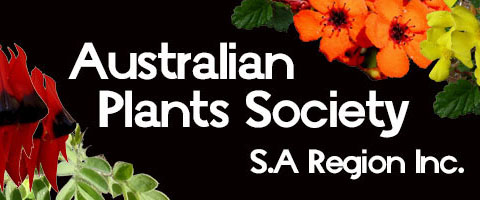Fertilisers for native plants in gardens
Fertiliser use at planting
But what about when a nursery-grown plant is planted into garden soil? Should we provide it with a bit more fertiliser to help it on its way? The answer to this question depends on what is already in your soil. The two key nutrients nitrogen and phosphorus will generally determine the growth of your plants.
Scenario 1.
Soil disturbed by mining, earthmoving, building construction. It is mainly subsoil and, with luck, a bit of the original topsoil. It has a low organic matter content. Some extra fertiliser at planting is essential for all plants that are not sensitive to phosphorus. Very roughly, for a seedling that is to become a large tree, the amount of nitrogen could be 10 g and of phosphorus 3-5 g. That could come from 50 g of any controlled-release fertiliser that is labelled as being for roses, fruit trees, vegetables, whatever. They are all much the same. Use about 15 g for a shrub. Apply a mulch of composted organic matter. See the section below for guidelines for phosphorus-sensitive plants.
Scenario 2.
Soil in a garden that has been a totally neglected weed patch for many years. You have no idea of its history. You do not know what has been added to it. There is some organic matter accumulation in the top part of the soil from decomposing weeds. A soil analysis would be of help here, but in its absence, I suggest that including some controlled-release fertiliser in the planting hole would be desirable. For plants that you know are not sensitive to phosphorus, use any controlled release fertiliser, as in Scenario 1. Use about 10 g for shrubs and 20 g for a tree seedling. Use the guidelines below for phosphorus-sensitive plants.
Scenario 3.
Soil in a garden that has had much organic matter, including poultry manure pellets, added to it over many years. No fertiliser should be needed. Plants that are sensitive to phosphorus may not thrive or may die because there is too much phosphorus in the soil.



